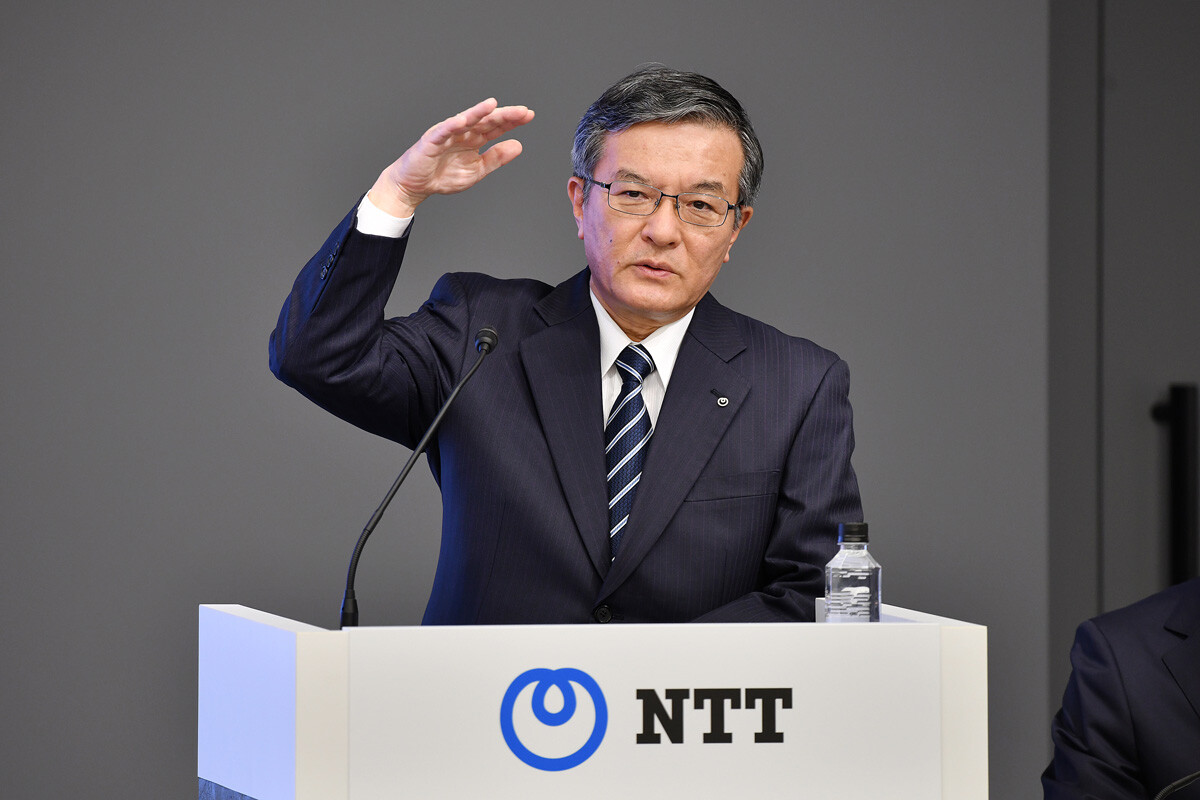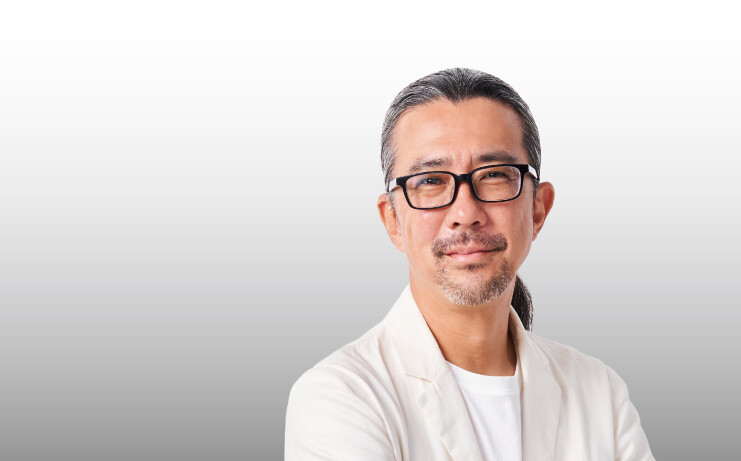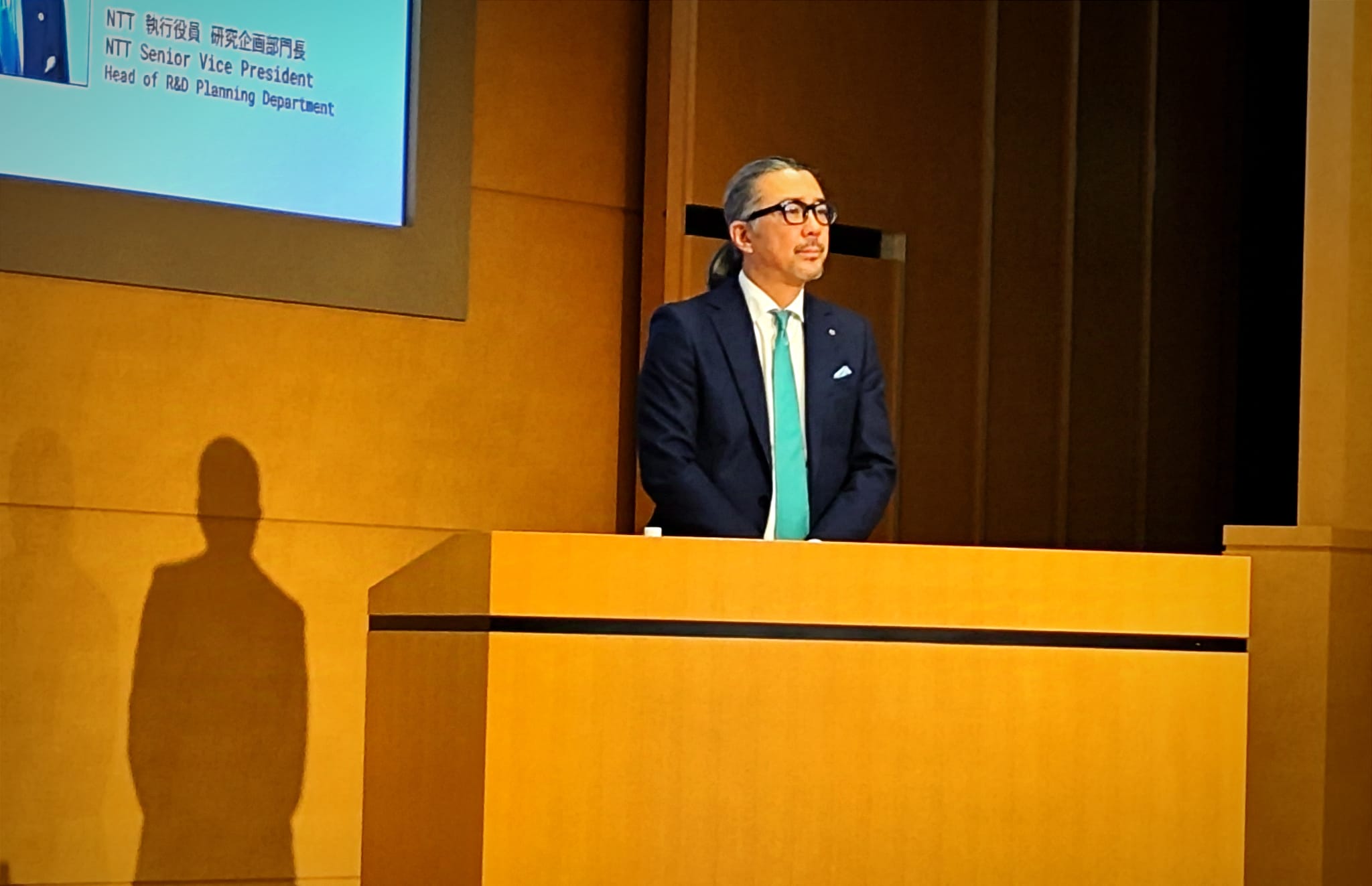NTT R&D Forum 2024: Optical quantum machines & large 'person' models
The great and the good descended upon Tokyo’s Musashino R&D Center for this year’s NTT R&D Forum keynote presentations this month.
The integral Innovation Optical and Wireless Network (IOWN) vision this year was once again clarified by Akira Shimada, president and CEO of NTT alongside Shingo Kinoshita in his role as senior vice president and head of research and development planning at NTT.
Listening to Shimada-san speak is a compelling enough experience, what he lacks in smiles he makes up for in defined and deliberate focus – this is a man who knows his subject, knows his company and (perhaps above all) knows the wider strategic vision of the firm, which is an important factor because many of the demo-cum-dioramas that form this event are still-prototyped and require even further development.
NTT’s research and development scope certainly appears to go far and wide.
“In the mobility field, our target is to reduce noise inside the cabin of a car to the noise level of an ordinary office and to enter the mobility market in a few years,” said Kinoshita. “We have successfully reduced device size through joint research with Sony Semiconductor Solutions and are solving issues with the device through human trials. In crop breeding technology, we are working to solve environmental and food-related social problems by taking a biological approach with the aim of creating a sustainable society.”
Large Person Model (LPM)
NTT has also developed a method for evaluating the degree of hand and foot dexterity with a ‘simple technique’ using a smartphone sensor based on research on how the brain generates movement.
Then, using data from a large number of people, NTT clarified how dexterity changes with growth and age and how it changes when correcting a person’s left- or right-handedness. In this way, it is developing technology for quickly and conveniently evaluating hand-and-foot dexterity using a smartphone for applications like sports training checks and recovery tests in rehabilitation.
“NTT is working on the development of quantum computers. The quantum computer targeted by NTT uses optical pulses the same as in optical communications to achieve quantum states called quantum bits (qubits) that become the basis for calculations. Quantum computers that use superconducting circuits or neutral atoms must make equipment large to achieve large-scale computing. The method that we use can achieve large-scale computing without increasing equipment size as long as we have equipment that generates optical pulses,” said Kinoshita.
In the area of voice rights protection,Kinoshita explained how the company has developed “voice generation by AI”, which has recently appeared as a problem throughout the world in terms of unauthorised use of a person’s voice. An NTT exhibit presented “multilingual speech synthesis capable of judging authenticity” based on consent of the original speaker. It draws a line at voices generated without the consent and knowledge of the original speaker and establishes “trust” in combination with blockchain technology.
The IOWN roadmap
IOWN 1.0 is networking, or in other words, photonics between datacenters.
IOWN 2.0 is board-to-board photonics.
IOWN 3.0 is chip-to-chip photonics.
IOWN 4.0 is intra-chip, or die-to-die photonics.
NTT’s All-Photonics Network, or APN, will feature wider bandwidths and reduced power consumption within IOWN 1.0. Photonics-electronics convergence technology, or PEC, will evolve along with IOWN generations as second-generation, third-generation, fourth-generation, and fifth-generation PEC.
Likewise, the next-generation computing platform known as the Data Centric Infrastructure, or DCI, will evolve together with the evolution of PEC.
Gushing knowledge fountain
Next up was Shingo Kinoshita, NTT’s R&D planning master.
“We have entered an era in which all kinds of information can be quickly accessed over the Internet or through artificial intelligence (AI). However, true ‘knowledge’ cannot be so easily obtained. A place with a good, gushing fountain is hard to find and even if you can find it, it may be located on steep terrain,” wrote Kinoshita, on the NTT R&D blog pages.
Kinoshita insists that good research begins with finding a fountain that is difficult to reach.
“NTT Laboratories has a history and research team supporting this quest. In other words, the object of this quest is organisational knowledge passed on from senior to junior researchers in an unbroken manner over several decades and collective knowledge arising from exchanges between researchers who have come to inherit this organisational knowledge. Over the years, NTT Laboratories has been discovering and drawing on these two fountains of knowledge to support R&D,” he added.
Towards… Jitsuyouka
NTT bases many of its R&D principles in the term Jitsuyouka (commercial development in English) in a form that promotes the final (and commercially monetisable) development of its products, but in a way that will always provide specific benefits to society.
As Kinoshita points out, “A researcher’s idea of a ‘good thing’ and society’s idea of a ‘good thing’ may no longer [or always] agree with each other.”
What we’re getting here from NTT (we hope) is technology that’s good and technology for good. Given the real world practical application of so much of what the company showcases NTT R&D Forum, it’s a story worth following.

Akira Shimada, president and CEO of NTT.

Shingo Kinoshita, senior vice president and head of research and development planning at NTT.




